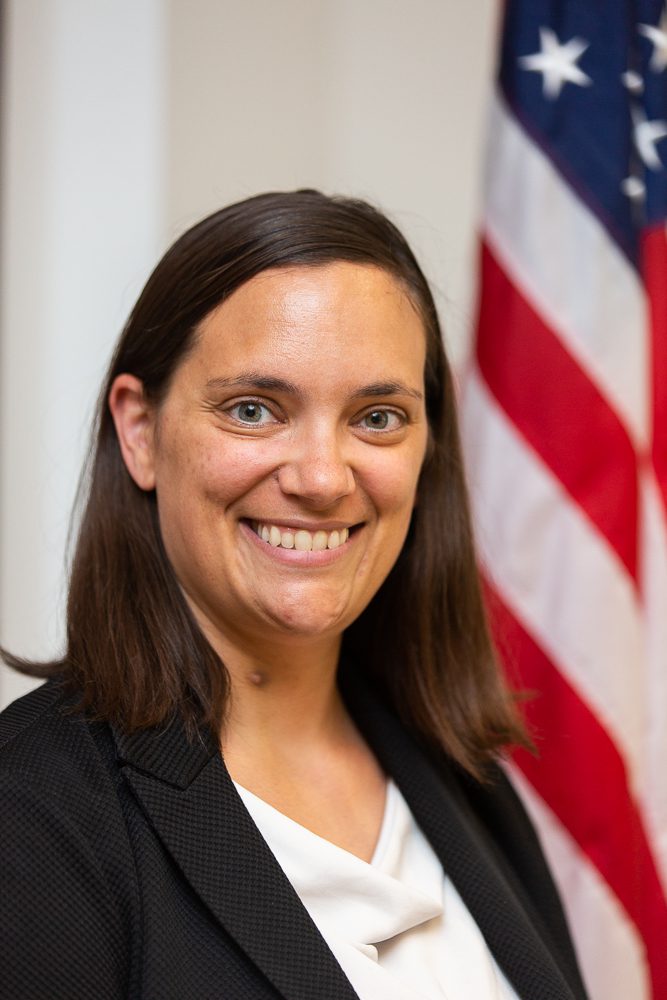
The finalists for WashingtonExec’s Pinnacle Awards were announced Oct. 11, and we’ll be highlighting some of them until the event takes place live, in-person Nov. 30.
Next is Roya Ellis, director of the Public Diplomacy Talent Management Unit for the State Department on behalf of the Government Teams Project of the Year finalist, the State Department’s Public Diplomacy Staffing Initiative team. Here, she talks key achievements, primary focus areas going forward, learning from failures and more.
What key achievements did you have in 2021 / 2022?
Since January 2021, my team has reorganized public diplomacy sections in 175 countries and updated more than 2,600 staff position descriptions. That is a massive, once-in-a-generation transformation that affects the way we approach public-facing diplomacy around the globe.
I think the bigger personal achievement is the way the team pushed against traditional government approaches to reorganizations. We embraced change management. We talked to every staff member, not just the executives. We listened to feedback. We refused one-size-fits-all mentalities.
We carefully built a team of diplomats, human resource specialists, organizational psychologists, change management and organizational design experts, public diplomacy experts, program managers, and executive coaches to work collaboratively to diagnose and solve problems employees reflected back to us.
I’m proud that you can directly see how much this team learned from our pilot posts and the ways the diversity of backgrounds, experience and perspectives on our team have led to solutions to our problems. And we did all this while adjusting to a historic global pandemic.
What are your primary focus areas going forward, and why are those so important to the future of the nation?
The practice of public diplomacy is transforming from year to year ⏤ just like the social and information environment U.S. diplomats and staff work in. I’m very focused on how the government can integrate technological innovation, talent management and resource prioritization to operate more effectively.
We are working to support an organization that learns, uses data and technology effectively, and prioritizes work we know advances the United States’ goals effectively. In the talent realm, that is increasing our ability to bring a range of perspectives and skills to the table.
We are focused on leveraging the power of that collaboration effectively and using the new technology we’ve deployed to solve problems more efficiently to advance U.S. policy.
How do you help shape the next generation of government leaders/industry leaders?
I believe that leadership and the ability to manage teams for results is the most important skill for government and industry leaders. We’d be shocked to hear that a professional athlete or musician didn’t have a coach or teachers that they worked with regularly. And yet we expect government leaders to function without a lot of ongoing investment.
My team provides executive coaching and management support to leaders and supervisors in our public diplomacy sections overseas. We are seeing that with tactical coaching and a quick line of support our leaders can do so much more. Their teams function more effectively together.
What’s one key thing you learned from a failure you had?
If you do it right, failure is really just an opportunity to learn. In 2017 and 2018, we piloted our concepts for the reorganization project. These were early adopters for the proposed concepts, the new roles, the ideas behind the new positions and the new structures. There was also really negative feedback from these practitioners. They helped us see all the ways their teams were struggling after the reorganization. We learned that we had good ideas, but the wrong approach to implementing them.
Instead of giving up, we said, “ok that was the failure at Mission #1 or #2 or #3 ⏤ how do we learn from what is good and improve what didn’t work for the next attempt?” And then we repeated the process.
Even now, when we are down to the last five countries for reorganization, we have conversations around: “These are things that don’t look quite right at Mission #154. This is important feedback from Mission #180. How do we make this right for the next group?”
That near-daily collaboration and iteration makes us a team that is far more than the sum of the U.S. direct hire and contractor skills we have on board.

